04/05/2018
A luscious host to an amazing array of biodiversity and spanning across eight countries – from mountainous peaks to the basin depths – the Amazon is a geographic wonder which holds many untold tales. Inkaterra Reserva Amazónica, Inkaterra Hacienda Concepción and Inkaterra Guides Field Station lie within the Madre de Dios region of the Amazon in Southern Peru, and provide the ideal base from which to unearth the secrets of the rainforest.
Here are five things about our beloved Amazon you should bear in mind for your next adventure.
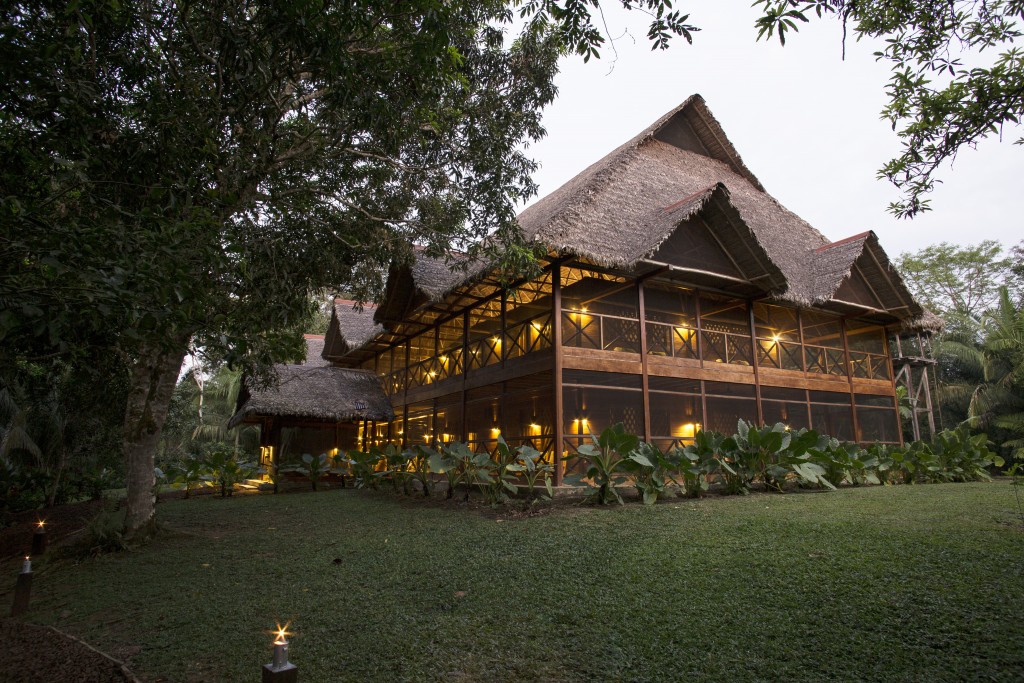
The first European discovery of the Amazon took place in the 1500s by Spanish explorers who were in search of cinnamon and other spices. Encountering many trials ranging from treacherous paths and thick overgrowth to relentless insects, the soldiers eventually accepted the vast capacities of the jungle and deemed it the “Green Hell”. This association arose from the sheer number of challenges faced by the soldiers during their expedition, the most merciless being Malaria. Knowing little about Amazonian mosquitos, legends state the explorers believed it was the mist which hovered throughout the forest, that was the rightful culprit for this disease plaguing their men.
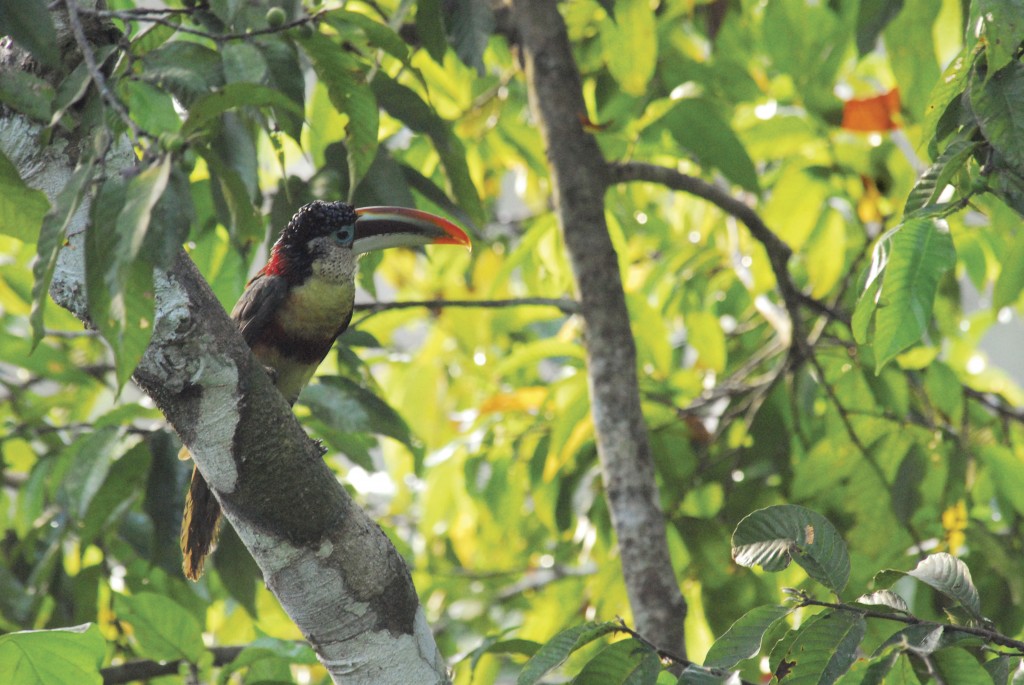
Long before the arrival of the conquistadors, native Amazonians resided in the vast forest for up to 15,000 years, and recent times estimate initial human settlement from 39,000 years ago. In the Amazon basin, it is suggested that indigenous populations were commonly located along rivers and reached as many as a few million. Common areas for many settlements included the Xingu River, the Andes and of course Cusco, Peru, where the famed Incas dwelled. Today, up to 9% of the Amazon’s population is made up of indigenous people. Groups such as Yanomamo and Kayapo still reside within the rainforest and have established lifestyles which naturally integrate with surrounding environment.
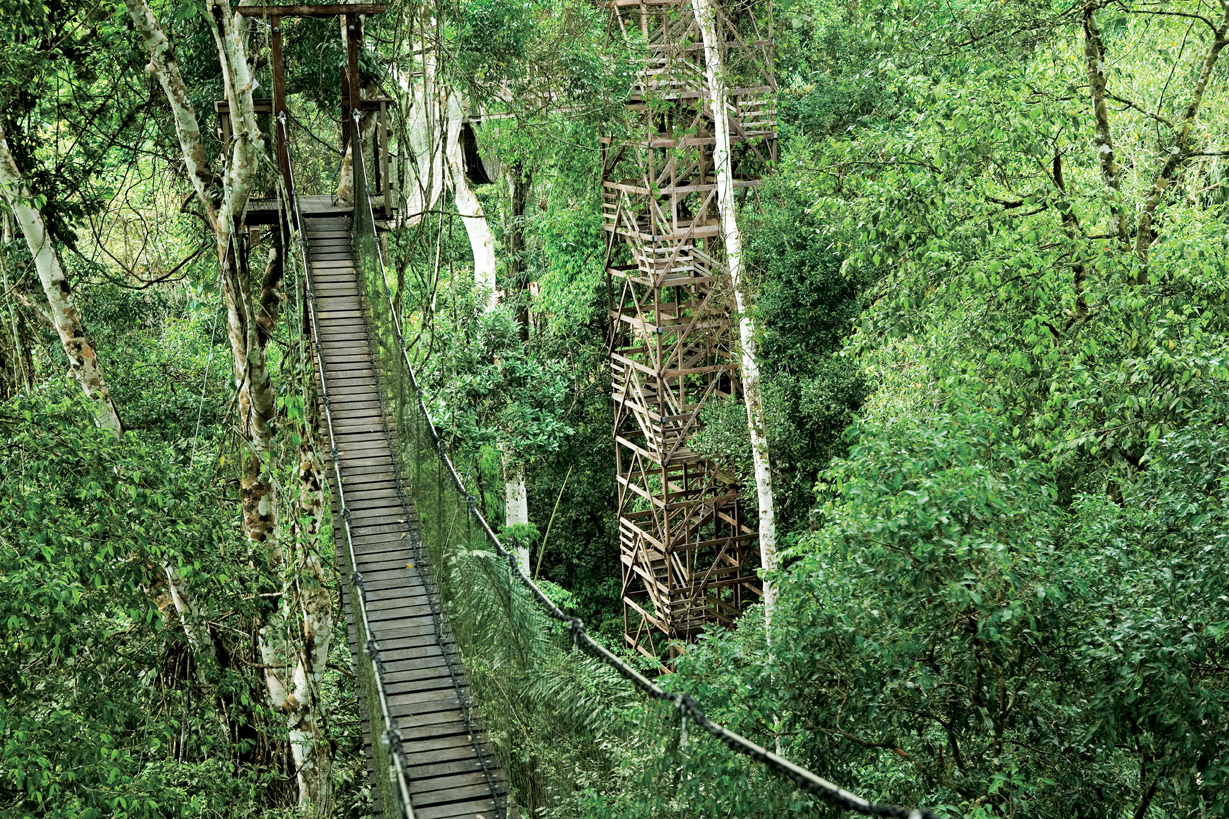
The Amazon rainforest spans across 6.7 million km², covers up to 6% of the Earth’s surface and 61% of the Peruvian territory. It is home to 10% of the world’s biodiversity and accounts for up to 16% of the globe’s total river discharge into oceans. While encompassing around 390bn trees of 16,000 species, less than 1% of sunlight reaches the forest floor which leaves many areas in nearly total darkness. This perception of the rainforest merely scratches the surface of the grand density and dynamism of the environment.
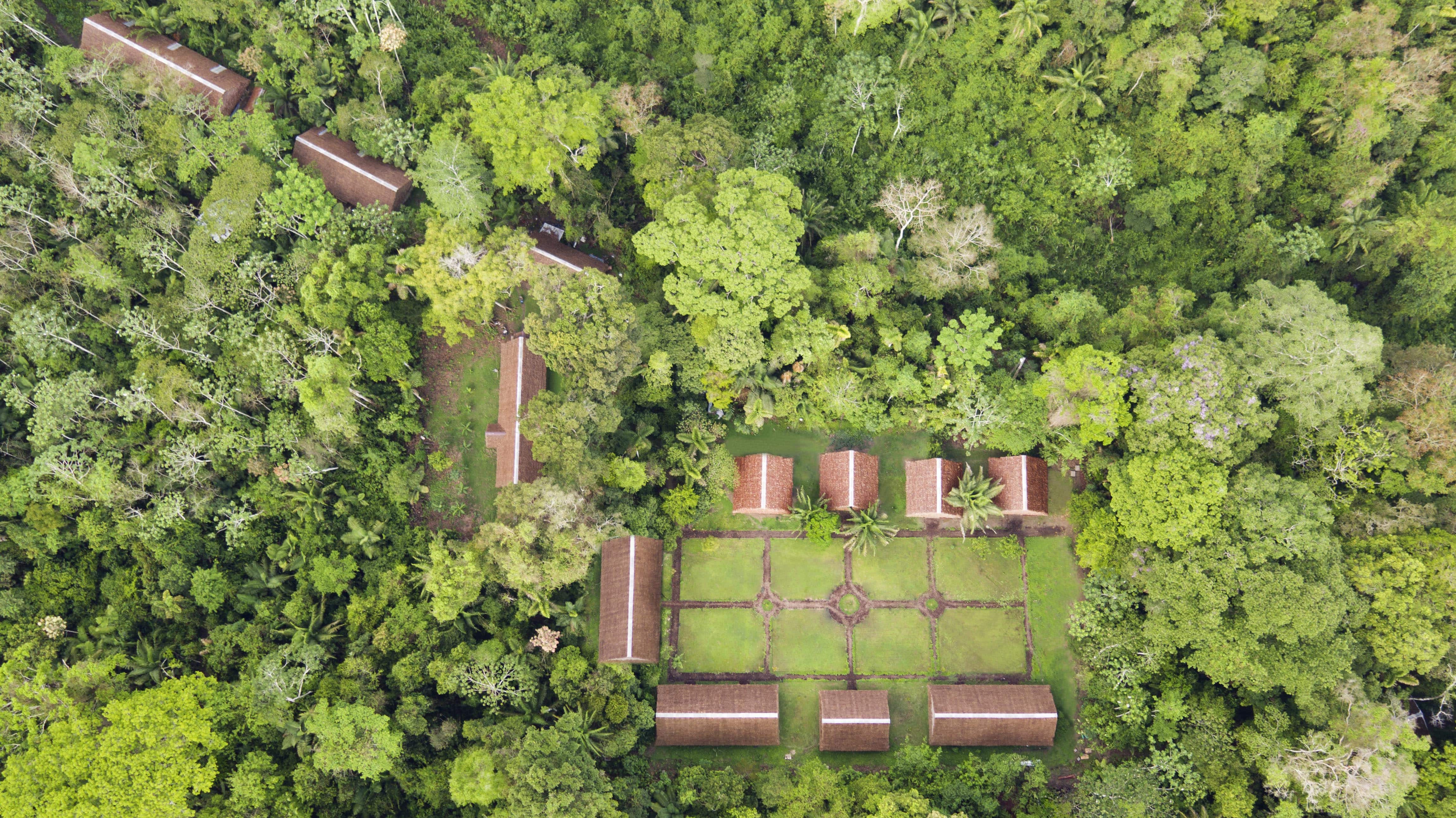 Inkaterra Guides Field Station, based near the Tambopata National Reserve
Inkaterra Guides Field Station, based near the Tambopata National Reserve
Boasting some 10 million species of animals, plants and insects, the Amazon encompasses an ecosystem totally unrivalled in scope. Around 1,300 species of birds can also be found, of which 814 have been registered within the grounds of Inkaterra Hotels, this is equivalent to 93% of Costa Rica’s total bird diversity!
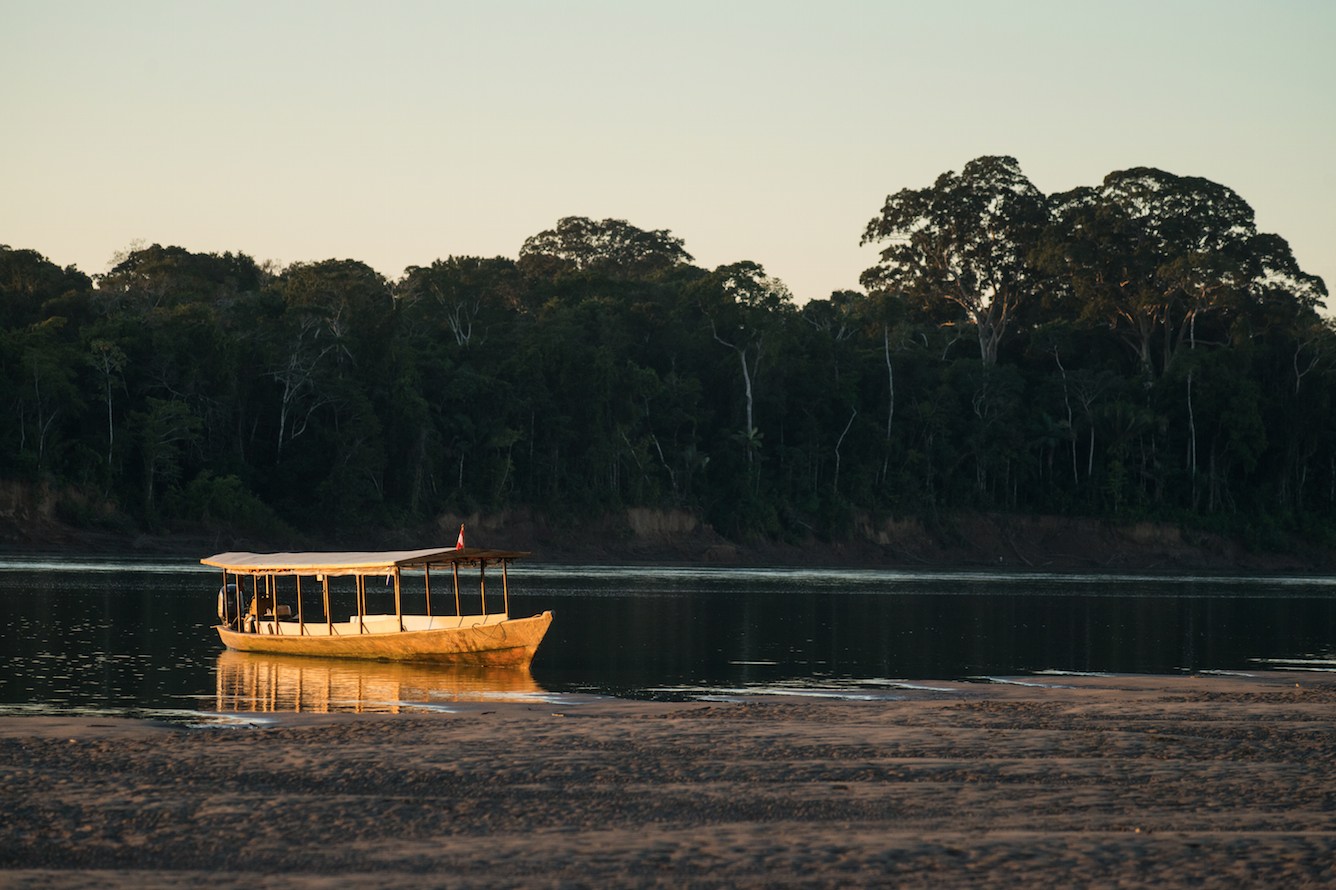
Environed within the enormous collection of flora found within the Amazon are as many as 80,000 classes of plants. Playing crucial roles in the overall global climate balance, some of these species also provide significant medicinal benefits. Throughout time, vines have often been used within the Amazon for such purposes. Other plants which are noted for healing properties are Wasi, Lapacho, and Cardoncillo plants, which are favourable for kidney health, treating cancer, fighting infections and numbing injuries. Click here to read our blog post on medicinal plants in the Amazon.
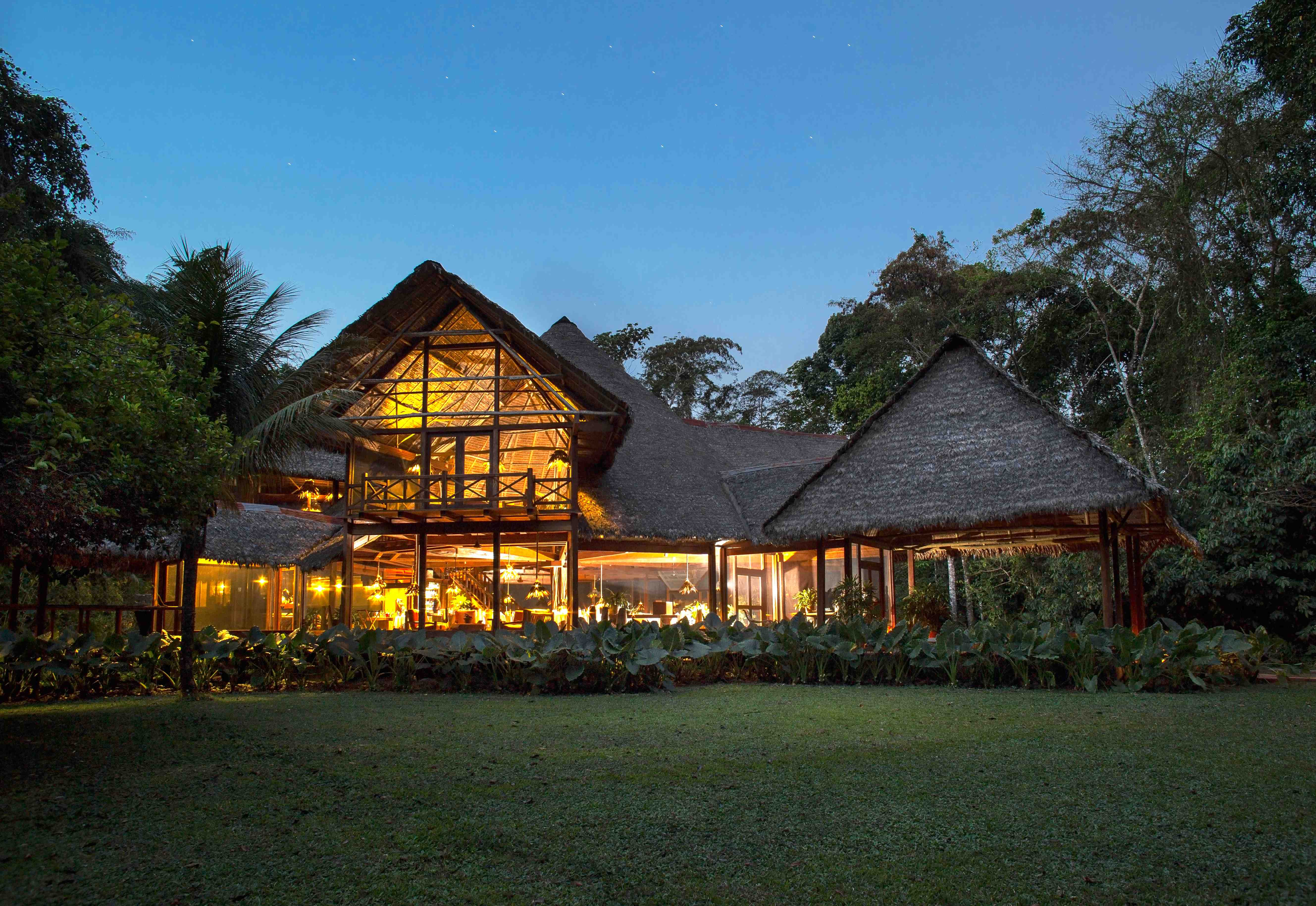
The foundation of our dedication to sustainable travel is rooted in the irreplaceable and awe-inspiring surroundings of the unique Amazon. As part of our aim to promote and encourage sustainability we are passionate about the longevity of this powerful and balanced environment which surrounds us. To find out more about our ethos see here.
